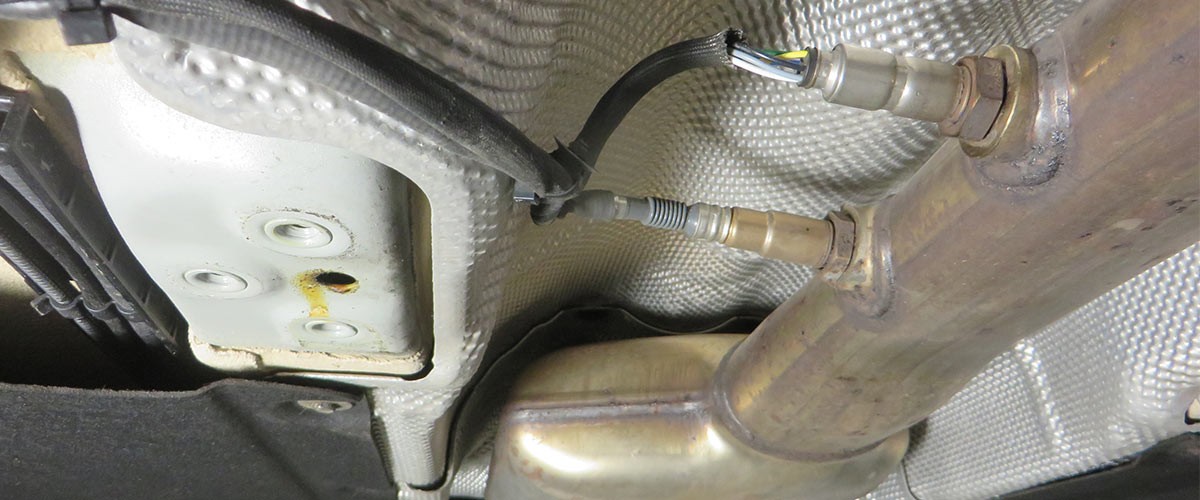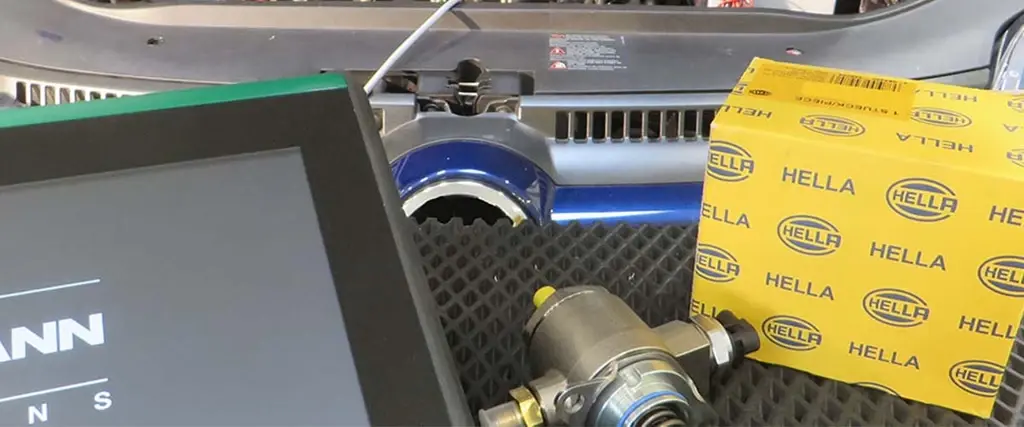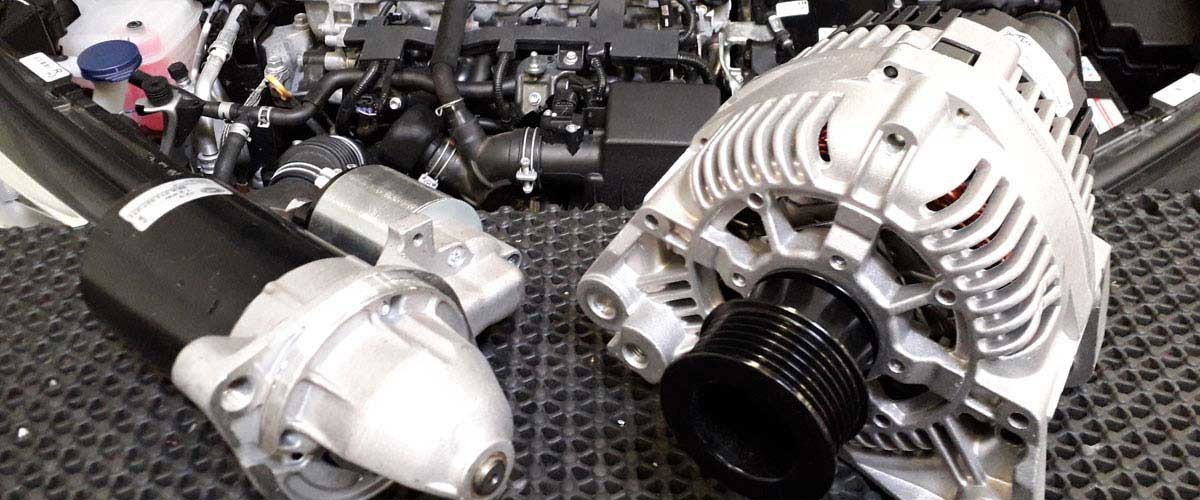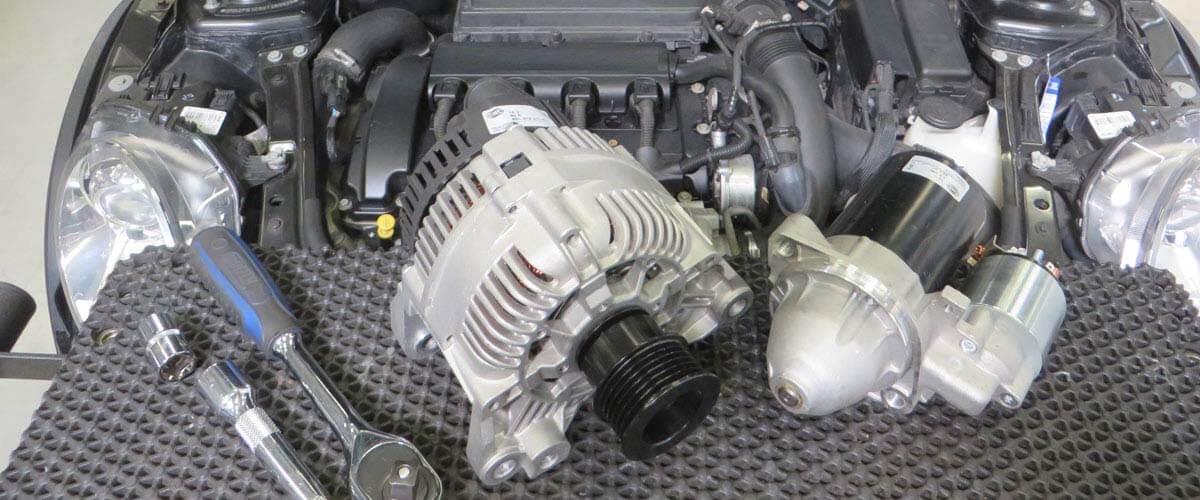Connect the ohmmeter
Connect the ohmmeter between the knock sensor connector and the removed control unit connector. Setpoint: <1 Ohm (circuit diagram required for the pin assignment of the control unit).
The knock sensor monitors the combustion process in the engine. Its signal helps the engine control to prevent knocking combustion and therefore protect the motor/engine control. On this page we will provide you with various information, including how a defective knock sensor becomes noticeable, the causes that may lead to its failure, and how it can be tested in the workshop.
Important safety note
The following technical information and practical tips have been compiled by HELLA in order to provide professional support to vehicle workshops in their day-to-day work. The information provided on this website is intended for suitably qualified personnel only.
A faulty sensor can manifest itself in different ways through fault detection by the control unit and the resulting emergency program strategy.
Frequent fault symptoms are:
Failure can be caused by different reasons:
Check the wiring to the control unit by checking continuity and short circuit to frame for every wire to the control unit plug.
Connect the ohmmeter between the knock sensor connector and the removed control unit connector. Setpoint: <1 Ohm (circuit diagram required for the pin assignment of the control unit).
Check the respective pin at the wiring harness connector against ground using an ohmmeter and with the control unit connector removed. Setpoint: at least 30 MOhm.
Attention:
A connection pin can act as shielding and thus have continuity to ground.
Connect the test probes of the oscilloscope between the control unit pin for the knock sensor and ground.
The oscillogram must produce a signal with considerably enlarged amplitude.
If the signal is not clear, tap gently against the engine block near the sensor.
If the knocking is not detected, this indicates a defective sensor or circuit.
ASSEMBLY INSTRUCTIONS
Observe the tightening torque during assembly. Do not use spring washers or washers.
How helpful is this article for you?
Success
Success
Success
Success
Error
Thank you for your feedback!
Wrong Captcha
Something went wrong




Benefit from consenting to our cookies ‒ we use cookies to:
By clicking on "I agree", you consent to the placement of cookies.
You can find out more about the cookies used by HELLA websites in our Cookie Policy .
Our cookies do not contain any personal data.
For more information, see our data protection notice.
Great! Just one more Step
Head to your inbox and confirm your email address so that you don’t miss our updates!
Get ready for brand new technical videos, car repair advice, trainings, helpful diagnostic tips, marketing campaigns and much more... delivered straight to your inbox every two weeks!
Sign up for our free HELLA TECH WORLD newsletter to receive the latest technical videos, car repair advice, training, marketing campaigns and diagnostic tips.
Together we can get cars back on the road quickly!
Success
Success
Error
Please note: You will only be subscribed to the newsletter once you have clicked on the confirmation link in the notification e-mail you will receive shortly! Data Protection | Unsubscribe
